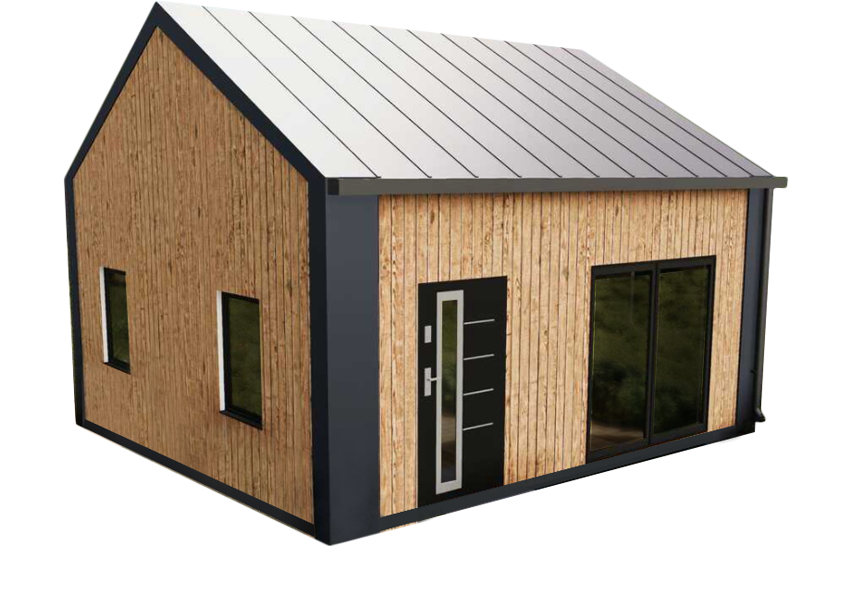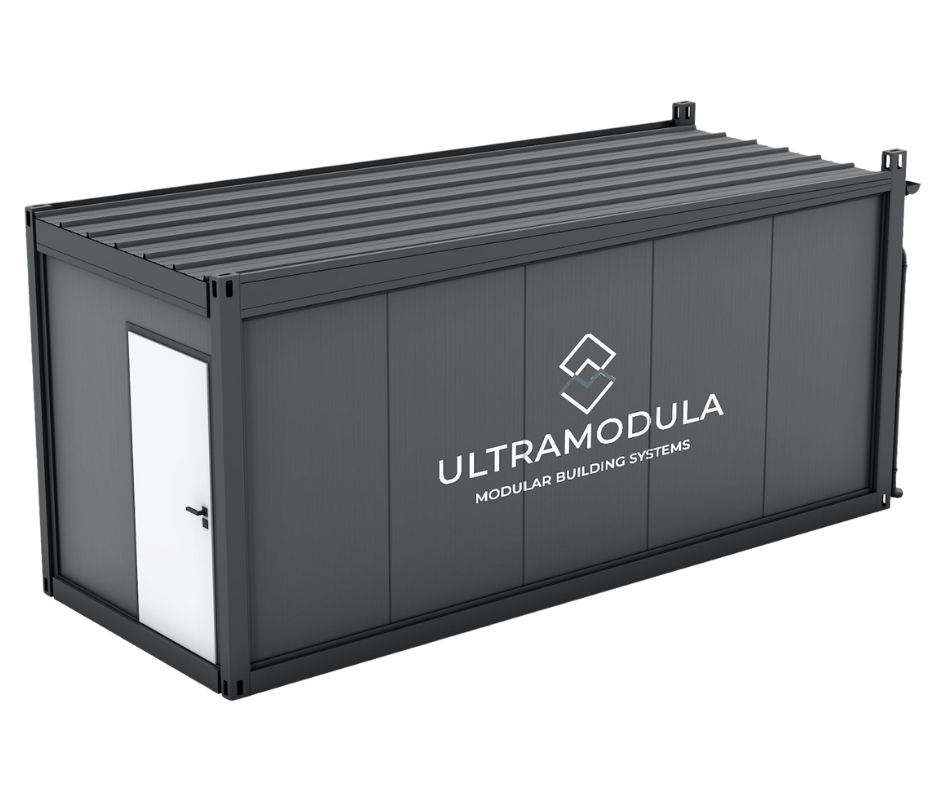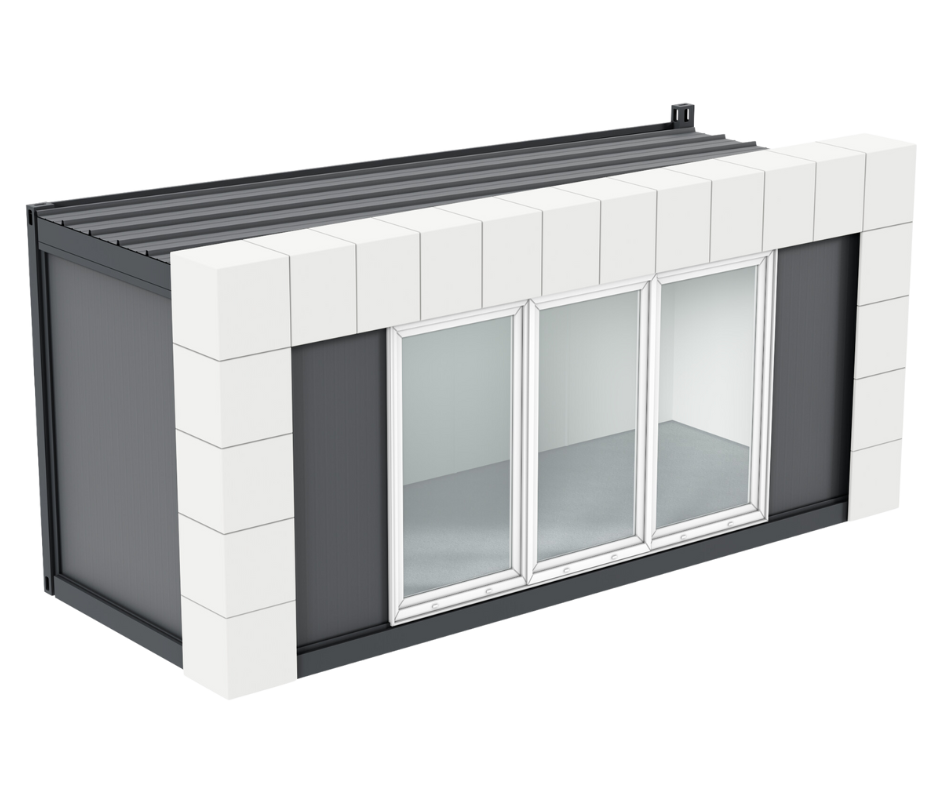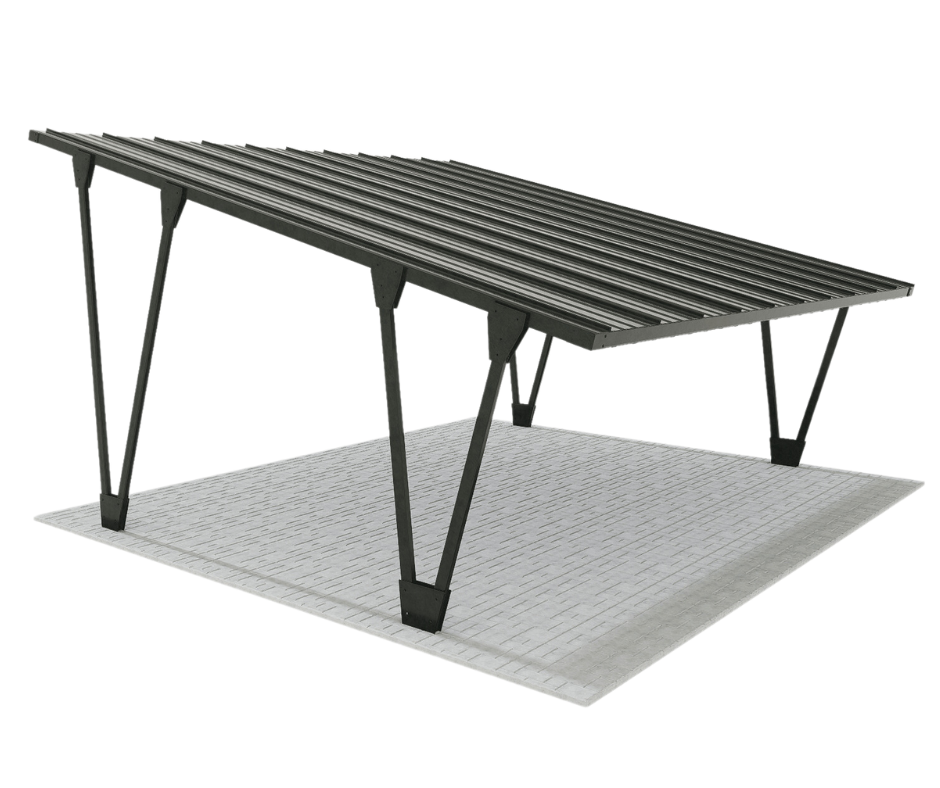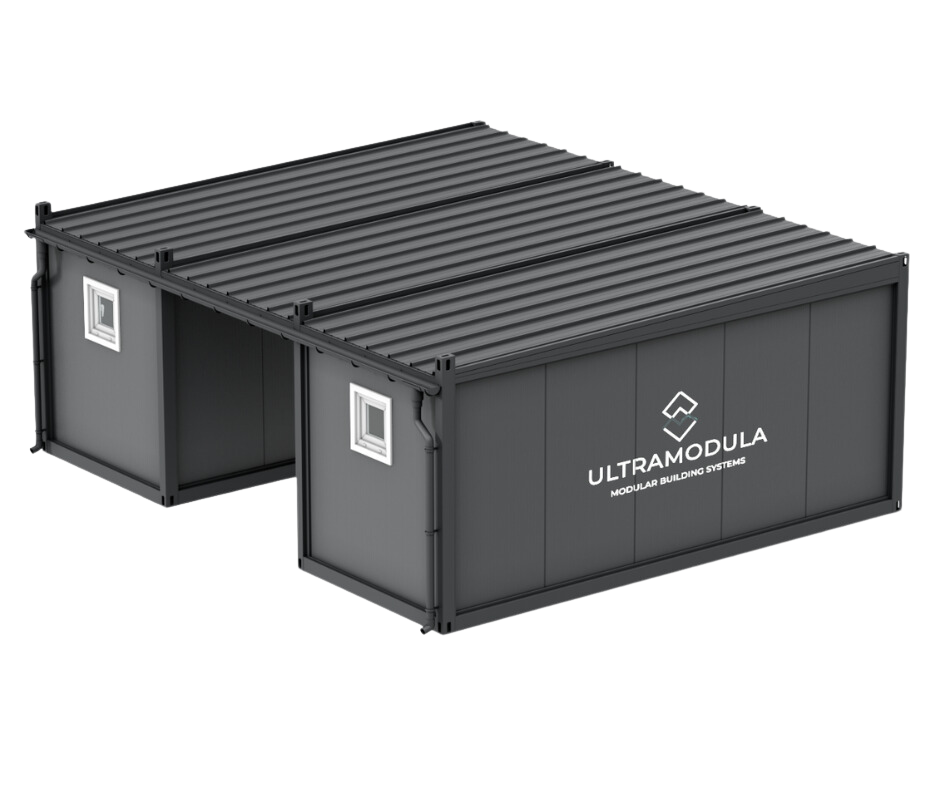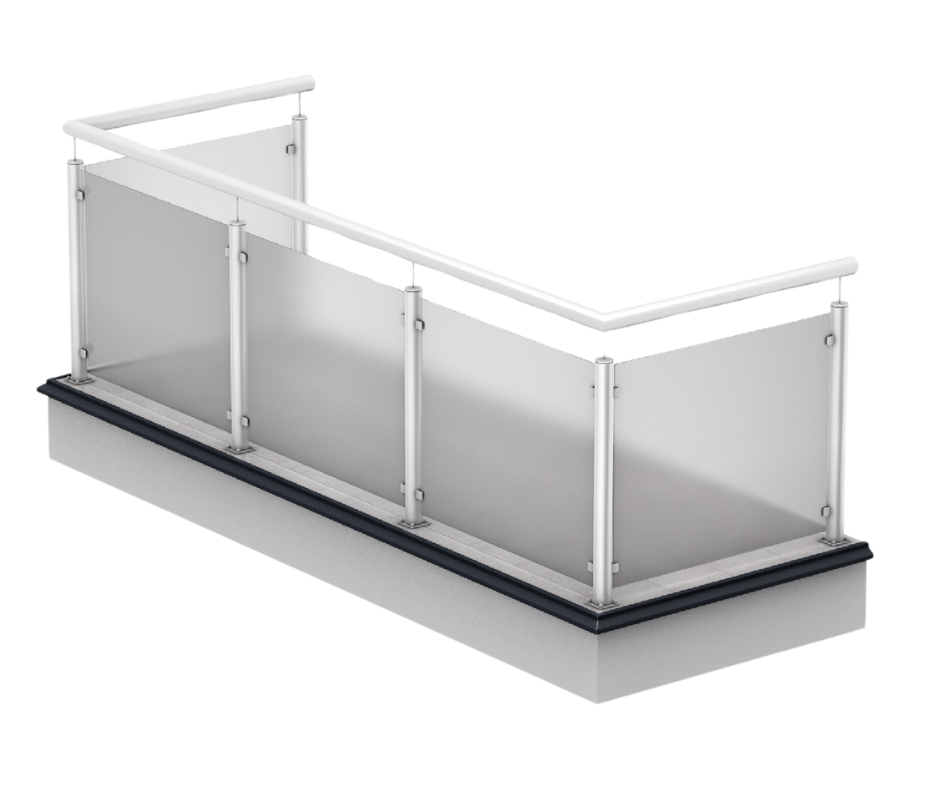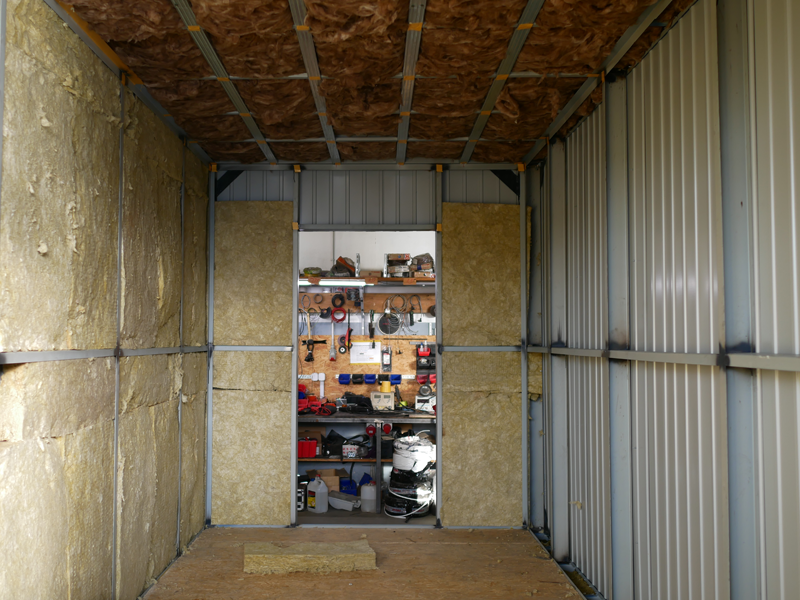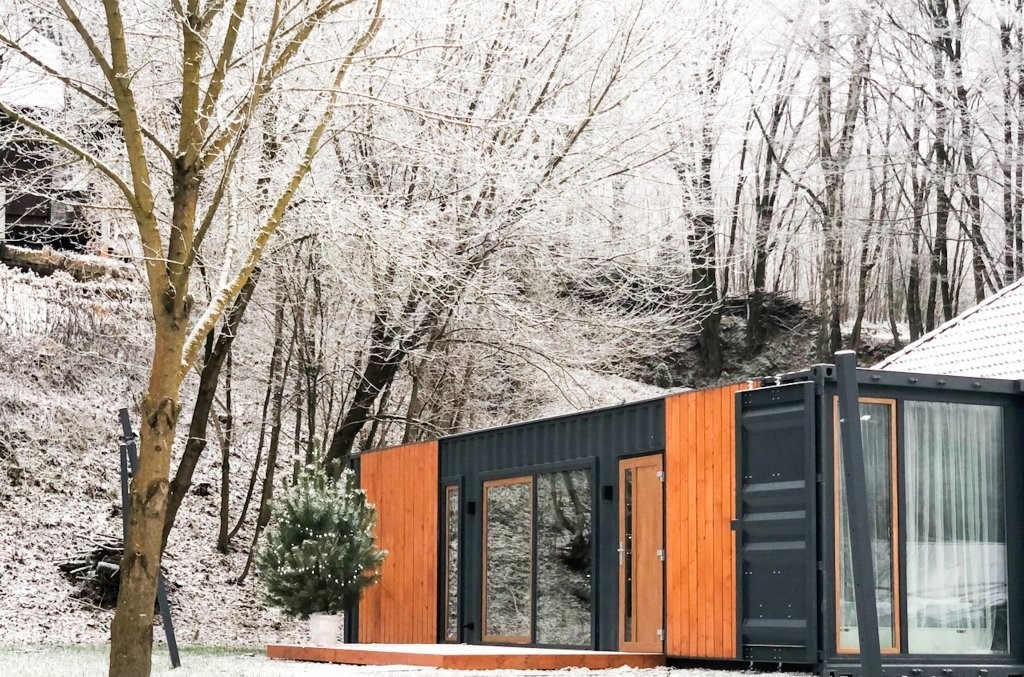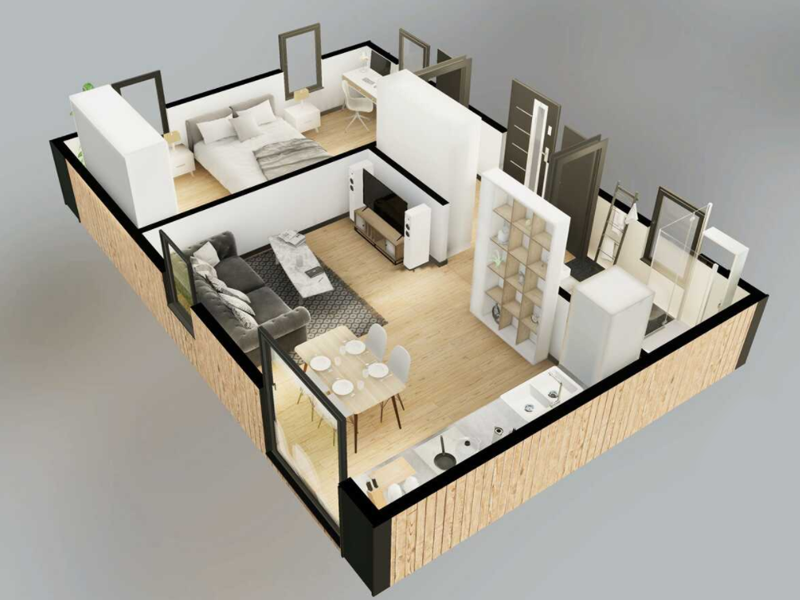
Container residential project | Ultramodule
Over the last few decades, a strong trend of urbanization has been observed all over the world, leading to a significant increase in the demand for housing and infrastructure in urban areas. However, traditional methods construction face many challenges, such as high material costs, labor, long time construction and spatial constraints. As a result, alternative construction methods, including use, are gaining in popularity containers residential.
The interest in this form of construction is due to its undoubted advantages containers. Firstly, they are much cheaper compared to traditional building materials. Secondly: they are durable and resistant to weather conditions, which means that they will serve for many years. And due to their small size, they are an ideal solution in the case of limited urban space.
Building with containers is also very fast, which means you can build in no time. Assembly of the modules is very simple and requires a minimum number of workers, which translates into lower labor costs. Importantly, each such building can be arranged according to your own needs and taste - but it is worth knowing the advantages and disadvantages of various finishing materials for it habitable containers.
How is a modular container built?
Before analyzing the finishing materials, it is worth getting to know the basic construction of containers for residential purposes. It is based on a standardized frame made of steel sheets and replaceable door, window or solid panels. What is important, containers can be easily connected with each other using special pull handles/.
One of the key features of modular containers is a durable structure that ensures stability and the possibility of stacking. Their frame is made of cold-formed sections with a minimum thickness of 4 mm, while the floor is made of OSB board, insulated with mineral wool. Containers produced by reputable manufacturers have walls and a roof made of high-quality trapezoidal sheet, which is durable and resistant to any damage. The external façade can also be additionally finished with wood. They are equipped with windows and doors, the number of which depends primarily on the purpose building. Modern PVC window joinery and steel doors with standard dimensions of 90×200 cm are the most commonly used.
You can choose the color
When the building residential of the containers is already placed and connected to the installation, you can start finishing the interior. This is an important stage, because the final comfort of use and appearance depend on it. It includes laying the selected floor, painting the walls and ceilings, and equipping the kitchen and bathroom - just like in a traditional apartment. In contrast to house built in traditional technology, buildings modular they do not require external finishing. Ready structures are delivered in a pre-selected finish, usually painted sheet metal or a wooden façade.
A variety of materials can be used to finish the interior of the living containers, such as wood, plasterboard, decorative stone, wall panels, paints and wallpapers. Each of these materials has its advantages and disadvantages, and the final choice depends on aesthetic preferences, decor style and budget.
Metal: trapezoidal sheet
Standard residential containers they are finished from the outside with sheet metal, which is a durable material and has a number of other advantages.
- Durability and resistance to weather conditions. The right quality and properly protected metal is a very resistant material that can withstand strong winds, rain and snow. In addition, such surfaces are corrosion-resistant, which makes them ideal for outdoor use.
- Longevity and low maintenance. The sheet metal requires minimal maintenance, which means it is easy to maintain.
- Fire and pest resistance. Metal has a high fire resistance and is also pest resistant, meaning it is a safe material to use in residential buildings.
However, like any material, it also has its downsides. Therefore, before the final choice of facade, it is worth getting to know them. Sheet metal defects include:
- weak insulation thermal without additional elements: metal surfaces by themselves are unable to retain heat in the building, however, in the case of residential containers from reputable manufacturers, this problem is solved by using the appropriate thickness of mineral wool;
- the possibility of corrosion in the absence of adequate protection: when choosing a container, pay attention to what anti-corrosion protection it offers producerin their absence, the maintenance and repair of metal surfaces can be costly and time-consuming.
Natural and beautiful: wood
Wood is considered one of the most aesthetic finishing materials. Its natural patterns, colors and warmth add charm and character to everyone container residential. In addition to the aesthetics, it also has other advantages that encourage it to be used for finishing modular buildings.
The first is good thermal and acoustic insulation. Wood has excellent insulating properties that help maintain the right temperature inside the container. In this way, you can not only ensure the comfort of residents, but also have an impact on the cost of heating the facility. The material also provides effective sound insulation, which is especially important in the case of buildings built of several or even several dozen modules, used for example as dormitories, hotels or domy multi-family.
Among the advantages of wood, it is also worth mentioning its availability and ease of assembly. It is one of the most popular building materials in the world, which means that it is available in many places. In addition, its relatively low weight facilitates transport and assembly. It is also worth mentioning that wood is an environmentally friendly material as it is biodegradable and can be easily recycled. However, only if it comes from certified crops.
Despite its natural beauty, wood also has some disadvantages that should not be forgotten. Two key ones are susceptibility to moisture, mold and pests, as well as the need for regular maintenance.
Wood is a material that, unfortunately, is easily affected by moisture, which can lead to the formation of mold and the development of pests, such as fungi. It is also often attacked by pests. To prevent these problems and keep the wood in good condition, regular maintenance and protection is necessary, which consists in the use of appropriate protective preparations.
In addition, this natural material requires regular maintenance to protect it from the elements. We are talking about painting or varnishing, i.e. broadly understood impregnation, to maintain its durability and aesthetics. In order to protect the wood, protective measures should be used, such as varnishes, impregnations or paints that protect against UV radiation, as well as against the already mentioned fungi and pests. Properly protected wood is less susceptible to weather conditions such as rain, moisture or sun. It is worth remembering that improperly secured wood can be destroyed in a short time, and its replacement will be associated with high costs.
Extremely versatile: plasterboards
Due to the low price, quick and easy installation, as well as the ability to hide the installation and good insulating properties, plasterboards are a popular choice for interior finishing of residential containers. Their key advantages, apart from the reasonable purchase cost, include:
- efficient assembly, which speeds up the construction or renovation process residential container, their lightweight construction makes it easy to transport and install them indoors;
- easy to cut and form, which allows you to easily hide all installations (electrical as well as sanitary, water and sewage), which ensures an aesthetic appearance of the interior without protruding wires or pipes;
- good thermal and acoustic insulation: it guarantees the maintenance of the right temperature inside the living container, and additionally reduces noise, which contributes to the comfort of residents;
- the possibility of any finishing: paint, wallpaper or ceramic tiles.
Unfortunately, drywall is not free from defects. When using them indoors, pay attention to them. Their main drawback is the fact that they are sensitive to moisture, especially in the absence of adequate ventilation, e.g. in the bathroom or kitchen. They are therefore susceptible to mold growth, which can affect air quality and the health of the occupants. In addition, under the influence of too much humidity, they can bend and damage. In addition, their fire resistance is not very high, which means that in the event of a fire, they can be damaged or spread fire more quickly.
More than looks
Choosing the right finishing materials for living containers is about much more than just looks. They are crucial for the quality and durability of such a building. It should be remembered that many factors influence the selection of the right option, such as thermal and acoustic insulation, moisture resistance, durability and aesthetics. For example, wood can be a beautiful material, but improper protection can lead to damage by moisture. On the other hand, steel plates are durable and resistant to weather conditions, but they do not insulate thermally as well as wood. Each finishing material has its advantages and disadvantages, and the decision to choose the right one must be based on knowledge and experience - it is worth consulting experts on this matter.

